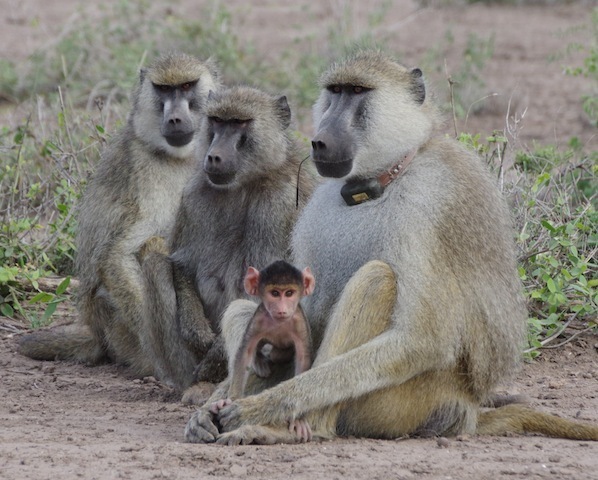Lifespan equality in humans and other primates
Author: Susan Alberts
Public interest in social and economic equality is burgeoning. In a recent paper in PNAS that examines both nonhuman primates and humans, we measured a related phenomenon, lifespan equality – a measure of whether lifespans in a population tend to vary a lot or be similar to each other. We used data from six well-studied primate populations – our own Amboseli baboon population, and also mountain gorillas in Rwanda, chimpanzees in Gombe Stream National Park in Tanzania, sifaka in Beza Mahafaly in Madagascar, muriqui monkeys in the RPPN Feliciano Miguel Abdala in Brazil, and capuchin monkeys in Santa Rosa National Park, Costa Rica. Read More

